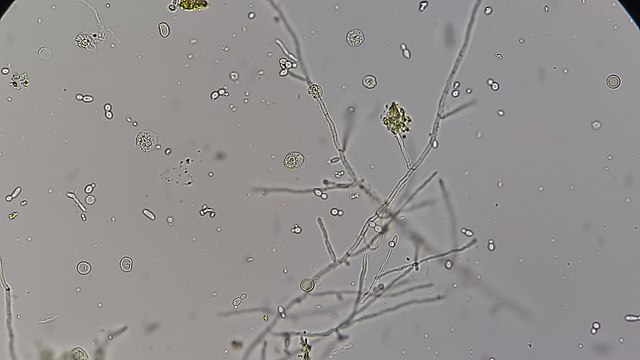Vaginal thrush, also known as vaginal candidiasis, is a common fungal infection caused primarily by the overgrowth of Candida species, particularly Candida albicans. While Candida is normally present in small amounts in the vagina, mouth, digestive tract, and skin, certain conditions can lead to its overgrowth, resulting in an infection. Understanding the causes of vaginal thrush is crucial for prevention and effective management. Here are the main factors contributing to this condition:
1. Antibiotic Use
Antibiotics can disrupt the natural balance of microorganisms in the vagina by killing beneficial bacteria that normally keep Candida growth in check. This imbalance allows Candida to multiply, leading to thrush.
2. Hormonal Changes
Hormonal fluctuations during pregnancy, menstruation, or due to oral contraceptive use can alter the vaginal environment, making it more conducive to yeast overgrowth. Increased estrogen levels, in particular, can promote the growth of Candida.
3. Weakened Immune System
A compromised immune system, whether due to conditions like HIV/AIDS, diabetes, or the use of immunosuppressive drugs (e.g., corticosteroids or chemotherapy), can reduce the body's ability to control Candida growth, increasing the risk of thrush.
4. Diabetes
Uncontrolled diabetes leads to higher sugar levels in the blood and vaginal secretions, creating an ideal environment for yeast to thrive. High blood glucose levels can also impair immune function, further increasing susceptibility to infections.
5. Tight or Non-Breathable Clothing
Wearing tight, synthetic clothing or non-breathable underwear can create a warm, moist environment that promotes yeast growth. This can lead to the development of thrush.
6. High-Sugar Diet
A diet high in sugar can feed Candida and contribute to its overgrowth. Excessive sugar intake can alter the balance of microorganisms in the gut and vagina, making infections more likely.
7. Hormone Replacement Therapy (HRT)
Postmenopausal women undergoing hormone replacement therapy may experience hormonal changes that increase the risk of developing vaginal thrush.
8. Sexual Activity
While not classified as a sexually transmitted infection, sexual activity can introduce new bacteria and yeast to the vaginal area, potentially disrupting the natural balance and leading to thrush.
9. Personal Hygiene Products
The use of scented soaps, douches, and other personal hygiene products can irritate the vaginal area and disrupt its natural pH balance, promoting the growth of Candida.
Conclusion
Vaginal thrush is caused by the overgrowth of Candida species, typically Candida albicans, due to a variety of factors that disrupt the natural balance of microorganisms in the vagina. Understanding these causes can help in preventing and managing the condition effectively. Maintaining good hygiene, wearing breathable clothing, managing blood sugar levels, and being cautious with antibiotics and hormonal therapies are key steps in reducing the risk of vaginal thrush.
